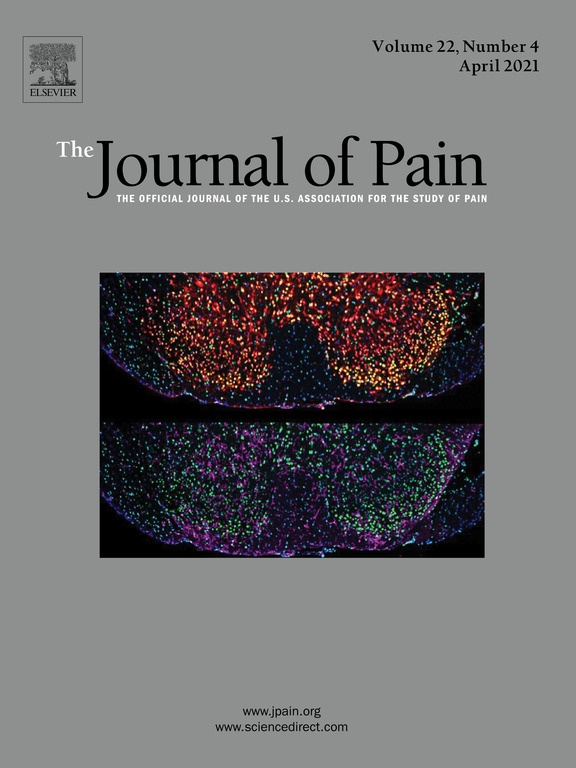
Spinal Manipulation Reduces Chronic Low Back Pain, Hyperalgesia, and Catastrophizing

Spinal Manipulation Reduces Chronic Low Back Pain, Hyperalgesia, and Catastrophizing
Reduction of Chronic Primary Low Back Pain by Spinal Manipulative Therapy is Accompanied by Decreases in Segmental Mechanical Hyperalgesia and Pain Catastrophizing: A Randomized Placebo-controlled Dual-blind Mixed Experimental Trial.
J Pain . 2024 Aug;25(8):104500Did you know you're eligible to earn 0.5 CME credits for reading this report? Click Here
Synopsis
Ninety-eight patients with chronic primary low back pain were randomized to receive either spinal manipulative therapy (SMT; n=49) or a validated placebo intervention (n=49) delivered 12 times over 4 weeks. The primary outcome was change in pain intensity and disability. Secondary outcomes included pressure pain thresholds (PPTs), pain catastrophizing, central sensitization, depression, and anxiet...
To view the full content, login to your account,
or start your 30-day FREE Trial today.
FREE TRIAL
LOGIN
Forgot Password?
Explore some of our unlocked ACE Reports below!

Learn about our AI Driven
High Impact Search Feature
Our AI driven High Impact metric calculates the impact an article will have by considering both the publishing journal and the content of the article itself. Built using the latest advances in natural language processing, OE High Impact predicts an article’s future number of citations better than impact factor alone.
Continue



 LOGIN
LOGIN

Join the Conversation
Please Login or Join to leave comments.